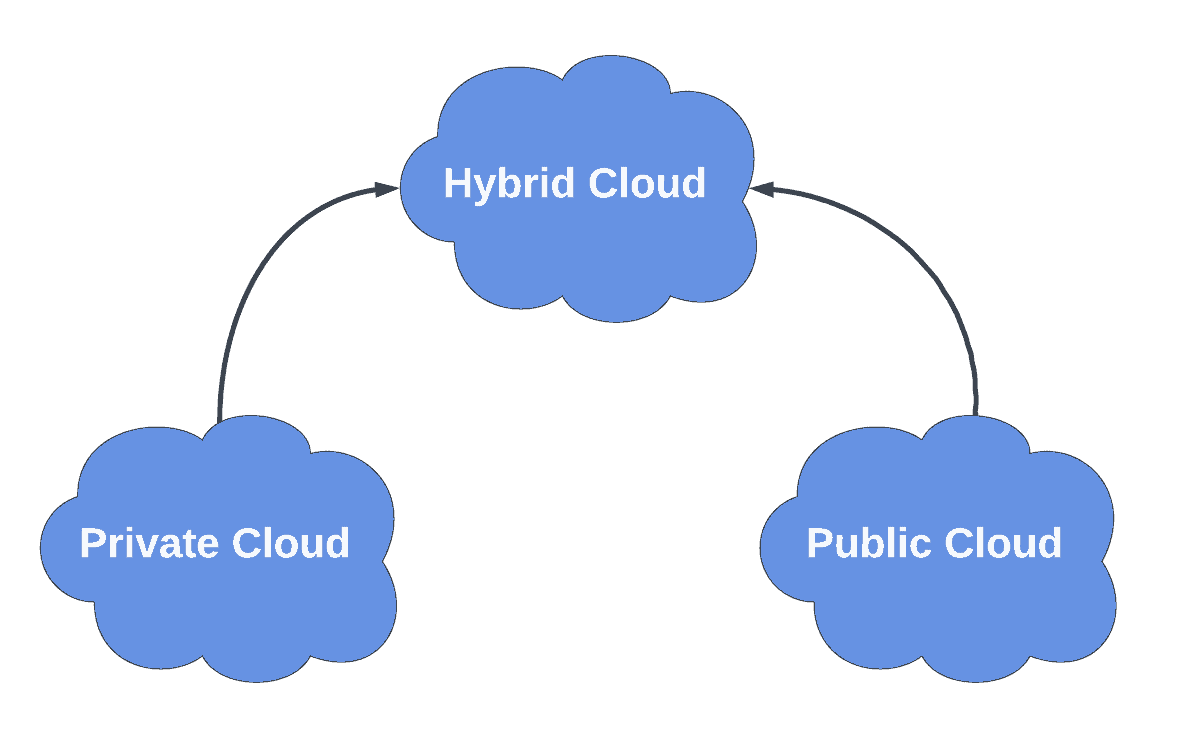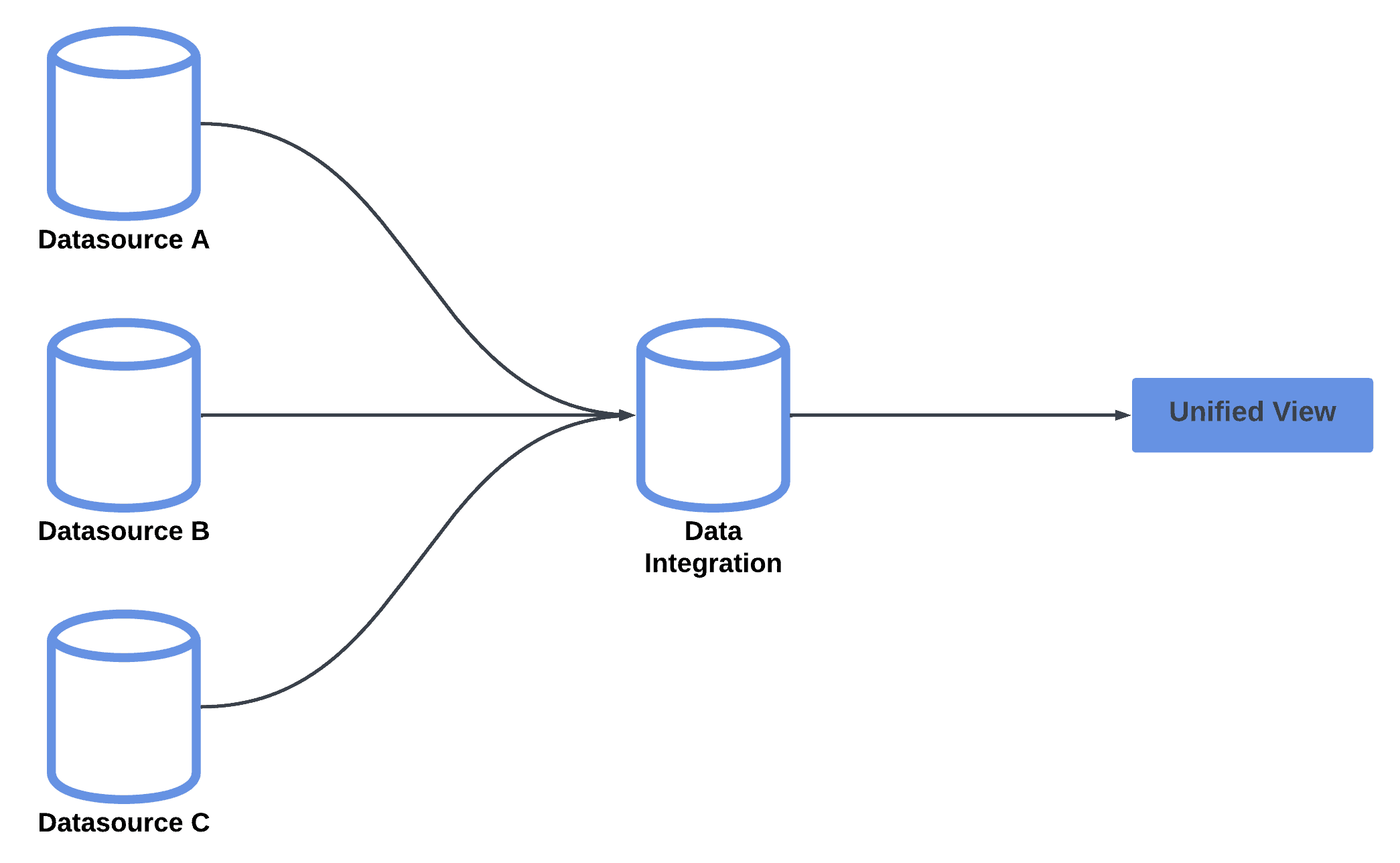1. Overview
In computing, a federation refers to the collaboration of multiple independent organizations or systems working together to achieve a common goal.
In this tutorial, we’ll explore the concept of a federation in computing, its benefits, and some common use cases. We’ll also discuss different federations, including federated identity management, federated cloud computing, and federated database systems.
2. Federation in Computing
A federation in computing is a group of organizations or systems that maintain their autonomy but agree to share data, resources, or services to achieve a shared objective. Federations can be established between different organizations, software applications, or even networks to create a unified, collaborative environment. The participants in a federation typically agree on a set of standards, protocols, and policies to facilitate cooperation and interoperability.
Federations offer several benefits in computing, including:
- Enable organizations to pool resources, expertise, and capabilities, allowing more efficient use of resources
- Help to reduce the risk of unauthorized access to systems and data by centralizing authentication and access control
- Allow organizations to scale up or down without the constraints of a single, monolithic system
- Organizations can avoid developing and maintaining redundant systems or infrastructure
- Helps to make faster and more informed decisions by providing a unified view of data across multiple systems
3. Federation Types
There are various types of federations in computing, depending on the context and objectives.
3.1. Federated Identity Management
Federated identity management enables users to access multiple independent systems using a single set of credentials. This approach simplifies the authentication process, reduces the number of passwords users need to remember and enhances security. Federated identity management can be implemented using protocols such as Security Assertion Markup Language (SAML), OpenID Connect, and OAuth.
3.2. Federated Cloud Computing
Federated cloud computing involves the collaboration of multiple cloud providers to offer a seamless, integrated experience for users. This approach can help organizations achieve better resource utilization, scalability, and greater flexibility in their cloud deployments. Federated cloud computing enables organizations to distribute workloads across multiple clouds, use different cloud services, and avoid vendor lock-in.
3.3. Federated Database Systems
A federated database system integrates data from multiple autonomous databases to provide a unified data view. This approach can help organizations access and analyze data more efficiently without costly migration or replication. Federated database systems can be built using technologies such as data virtualization, data federation, and data integration.
4. Use Cases
Federations have numerous applications in computing.
4.1. Single Sign-On (SSO)

Single Sign-On (SSO) enables users to log in once and gain access to multiple independent applications. SSO is often implemented using federated identity management, streamlining user authentication and improving security. Organizations can leverage SSO to simplify user access, reduce the administrative overhead of managing multiple credentials, and improve user experience.
However, SSO is only a part of a federated identity management system. A complete solution is usually implemented across multiple organizations and has a broader range of functionalities: identity synchronization and mapping, access policy enforcement, attribute sharing, and trust management.
4.2. Hybrid Cloud Deployments

Organizations often use federated cloud computing to create hybrid cloud deployments, combining resources from public and private clouds to achieve the best possible performance, cost-efficiency, and flexibility. Hybrid cloud deployments allow organizations to keep sensitive data and applications in a private cloud while leveraging the vast resources and services available in public clouds. This approach enables organizations to optimize infrastructure according to their needs and requirements.
4.3. Data Analytics and Integration

Federated database systems enable organizations to analyze data from multiple sources without costly data migration or replication. This approach can help organizations make data-driven decisions and gain valuable insights by providing a comprehensive view of data across disparate systems. Federated database systems can be beneficial when data is distributed across multiple locations, such as in multinational organizations or when integrating data from mergers and acquisitions.
4.4. Collaborative Research and Development
Federations can facilitate collaborative research and development efforts between organizations by enabling them to share resources, data, and expertise. This collaboration can lead to accelerated innovation, reduced costs, and improved outcomes for all participating organizations. For instance, in the field of life sciences, federations can be used to share genomic data and computational resources to advance research in areas such as personalized medicine and drug discovery.
4.5. Federated Machine Learning

Federated machine learning is an emerging paradigm that enables organizations to train machine learning models on distributed data without sharing the raw data. This approach can help organizations maintain data privacy and security while benefiting from collaborative machine-learning efforts. Federated machine learning can benefit industries with strict data privacy regulations, such as healthcare and finance.
5. Challenges and Considerations
Despite the numerous benefits of a federation in computing, there are also challenges and considerations that organizations must address:
- Organizations must establish trust to ensure the security and integrity of shared data, resources, and services
- Federations require common standards and protocols to ensure interoperability and collaboration
- Organizations must determine how decisions are made within the federation
- Governance structures are needed to manage the collaboration
- Data privacy and security while sharing data across multiple organizations and systems
6. Conclusion
In this article, we discussed the concept of the federation in computing that enables organizations and systems to collaborate effectively while maintaining autonomy.
Organizations can streamline processes, improve resource utilization, and enhance security by leveraging federated identity management, cloud computing, and database systems. Federations can drive innovation and collaboration across organizations and systems as the computing landscape evolves. However, organizations must carefully address challenges such as trust, governance, and data privacy to ensure the success of their federated initiatives.